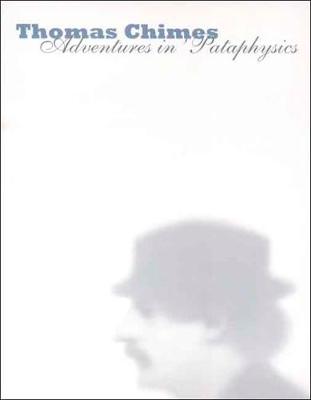Philadelphia Museum Of Art (Yale)
1 total work
Thomas Chimes (b. 1921) is one of Philadelphia’s most important living artists. Tracing the stylistic evolution of Chimes’s idiosyncratic art, this handsome book presents a long-overdue survey of his remarkable five-decade career: canvases combining landscape imagery with symbols such as crucifixes (late 1950s–60s); mixed-media constructions set within finely crafted metal boxes (late 1960s–early 1970s); his best-known works, a series of 48 intimate sepia-toned panel portraits of 19th- and 20th-century writers and artists that are placed within oversized wood frames (1973–78); and the enigmatic “white paintings” of the past two decades.
The book reveals how Chimes has found inspiration in the writings of Antonin Artaud, James Joyce, and especially Alfred Jarry, the iconoclastic playwright and novelist whose invented “’Pataphysics”––the “science of imaginary solutions”––has provided the artist with a seemingly inexhaustible font of imagery. Taylor explores the links between Chimes’s work and that of contemporaries such as Gerhard Richter, Cy Twombly, and Nancy Spero, as well as important predecessors like Vincent van Gogh, Marcel Duchamp, and fellow Philadelphian Thomas Eakins.
Published in association with the Philadelphia Museum of Art
The book reveals how Chimes has found inspiration in the writings of Antonin Artaud, James Joyce, and especially Alfred Jarry, the iconoclastic playwright and novelist whose invented “’Pataphysics”––the “science of imaginary solutions”––has provided the artist with a seemingly inexhaustible font of imagery. Taylor explores the links between Chimes’s work and that of contemporaries such as Gerhard Richter, Cy Twombly, and Nancy Spero, as well as important predecessors like Vincent van Gogh, Marcel Duchamp, and fellow Philadelphian Thomas Eakins.
Published in association with the Philadelphia Museum of Art
Exhibition Schedule:
Philadelphia Museum of Art (February 27 – May 6, 2007)
